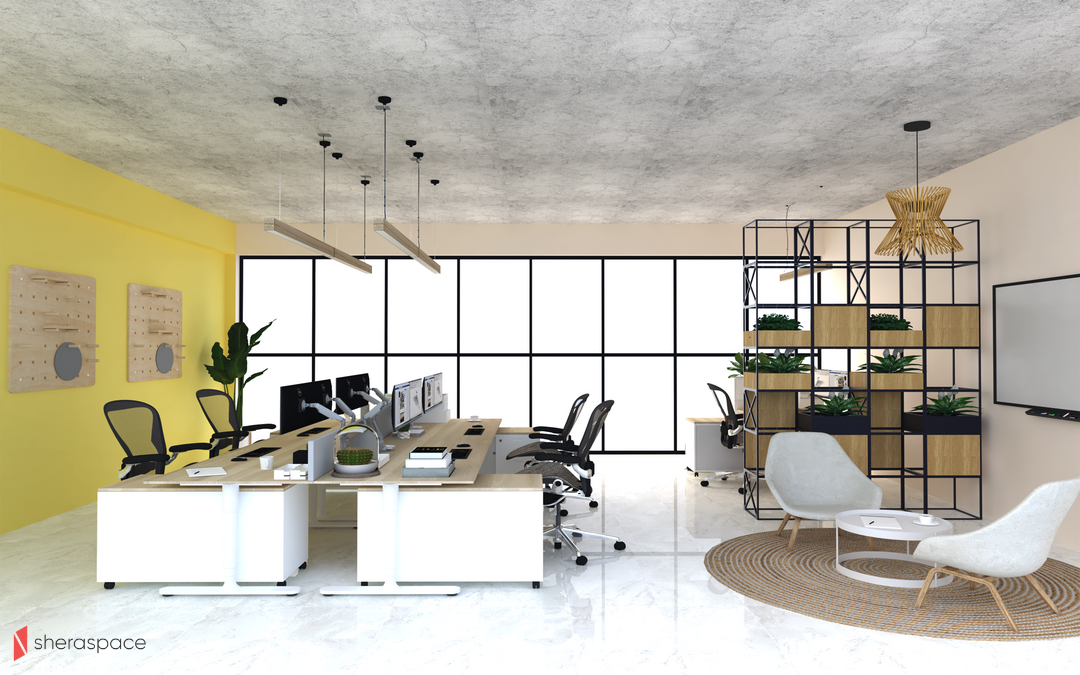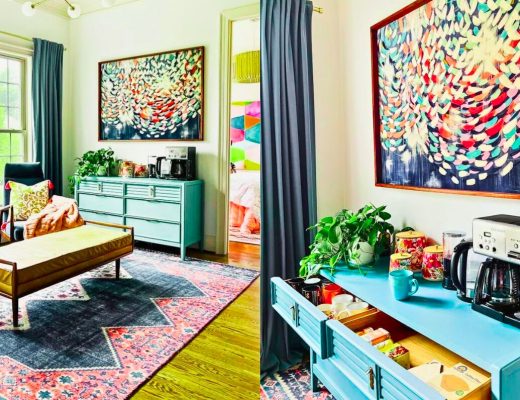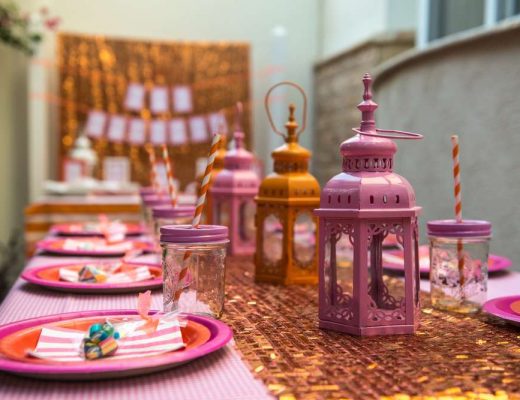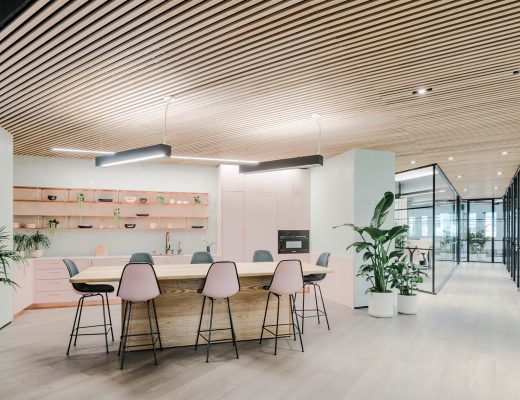Upon hearing the word Office, what picture comes to your mind? Desk overflowing with files, employees burying their heads under papers, typing furiously on keyboards? Interestingly, this traditional view of office space has started to fade away. If you look at the office spaces of famous companies like Google, IBM, or even small startups, you will discover that they are putting more effort towards designing their spaces creatively.
Why are they doing it? Companies aren’t spending extra money just to show off. Firstly, an office environment that reflects the organisation’s culture and values helps the employees to feel more connected to their company and thereby more enthusiastic about their work.
Secondly, an excellent design catches the attention of just about anyone who steps into the office for the first time. First impression matters, and that’s why good interiors not only keep the employees motivated, but also leave an impression on prospective customers, investors and/or partners. And finally, giving a personality to its office space helps a company to handle brand engagement and impression management efficiently and effectively.
Now that we know the importance of a good office interior, how do we decide on one? Simple! Just search on Google and implement a good-looking design you find, yes? The answer is no.
An office layout that clashes with your company’s culture will do more harm than good to you. On the contrary a conducive space that becomes an extension of your brand’s personality will help create a sense of belonging. So keep reading to find out the best fit for your workplace!
1. Cubicle Office Layout
The Cubicle layout, a timeless design choice, is still common in corporate settings. In this layout, walls are used to surround a table from three sides, making it appear cylindrical or square-shaped. Executing this design takes a lot of office space, and the cubicles can be found in either a row or a quad layout.
Who it’s best for: Employees who need focus and privacy, like programmers, accountants, customer service agents, technical writers, etc.
You should implement it if,
- Your employees require privacy and need to work individually.
- You want to promote equality by giving every employee the same amount of office space.
- Your employees need to be very focused and can’t afford any distractions.
- You want to create multiple workstations within a large area.
2. Open Office Layout
Open Space encourages communication and collaboration among its employees. In this layout, a single large table is shared among all the employees with low or no partitions at all. Currently, this is the most popular design among the newly-built companies.
Best for: Offices with fast-paced environments like tech and creative firms.
You should implement it if,
- Your office space is small.
- You’re going for a simple, budget-friendly option.
- You have a few employees and follow a flat hierarchy in your organisation.
- You need an office atmosphere that inspires creativity.
3. Co-working Office Layout
Co-working is the practice of renting out office space to businesses, independent contractors, and startups that require one. These spaces can be anything from a room to an entire floor in a building. Co-working layout usually comes with modern facilities like coffee machines, printers, etc.
Best for: Early stage startups, freelancers, independent contractors, small enterprises
You should implement it if:
- You want to save up on office rent.
- Your company has a flexible working culture.
- You are looking for networking opportunities.
- You are a freelancer but don’t want to work from home because it reduces your productivity.
4. Team-Cluster Office Layout
In a Cluster office arrangement, employees from the same team are seated together in a cluster for efficient collaboration. The cluster’s size and shape vary based on the type of work and the number of people in a group. Compared to other styles, it is the most efficient design for team-based jobs.
Best For: Organizations that rely heavily on employees’ interactions, collaborations, and discussions.
You should implement it if:
- Your company’s success relies on your employees’ efficient teamwork.
- Your company’s culture supports open discussion and free flow of communication.
5. Hybrid Office Layout
We’ve seen that the Cubicle layout offers personal space, reduces distraction, but also hinders creativity and the free flow of communication. In contrast, Open, Co-working, and Team Cluster layouts encourage productivity but are prone to distraction.
Basically, the Hybrid office layout creates a mix of two or more of these layouts to maximize efficiency. For example, in a game company, programmers need cubicles, designers- open spaces, and idea generators need team clusters. To accommodate for their needs, the company can adopt the Hybrid layout- customising the number of cubicles and open spaces- to provide a balanced solution.
Best For: Any organisation- especially dynamic corporations like E-commerce companies.
You should implement it if:
- Your organisation needs to support a multitude of activities and jobs.
- You want to ensure a flexible working environment.
- You want to encourage interactions and create a sense of belonging among your employees.
Selecting and executing the right design for your office space may seem like a daunting task. And speaking to a professional about it may seem too expensive an affair. However, we at Sheraspace are aware of the budget constraints that many small, medium-sized or early stage ventures may face and thus have made professional interior services accessible at a price point of 5,000 Taka only! To learn more or for professional guidance from our designers, check out Commercial Design Consultation services today!






No Comments